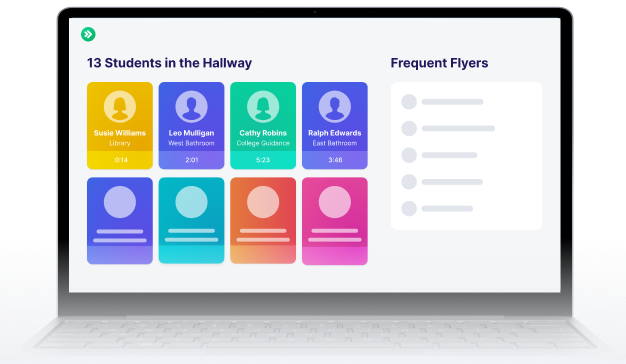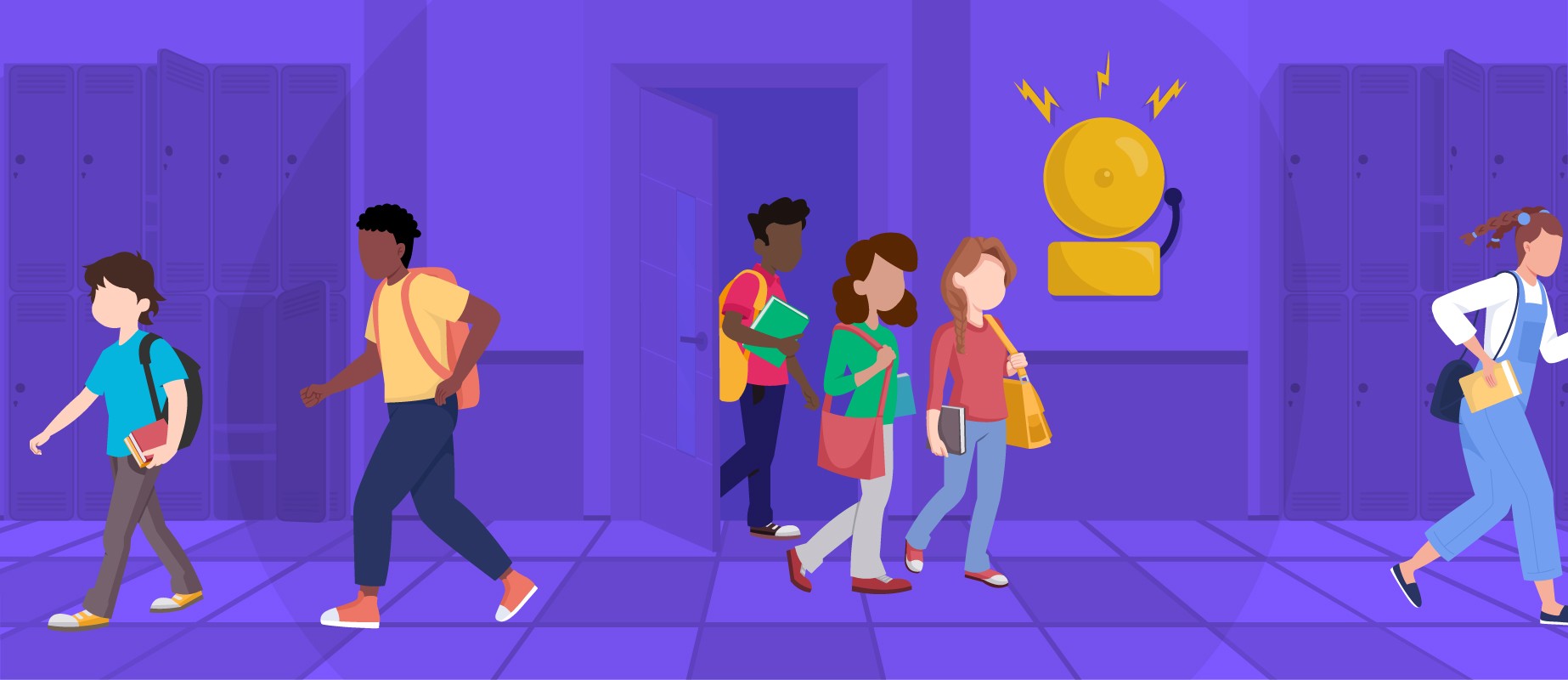In the News: Enhancing Safety in Schools Across Minnesota
Read the Story
SmartPass Co-Founders Listed on Forbes 30 Under 30
Read the Story

Lee Moskowitz
.avif)

Schools are more than just places of learning—they are environments where students develop socially, emotionally, and mentally. School serves as a primary space where children and adolescents navigate friendships, face personal challenges, and build resilience. Mental health plays a crucial role in shaping their success and well-being.
According to the National Alliance on Mental Illness (NAMI), one in six students aged 6-17 experience a mental health disorder each year. Schools can be where students first show signs of emotional distress, making it essential for educators to foster an environment that prioritizes mental well-being.
A school culture that supports mental health not only helps students thrive academically but also strengthens their engagement, relationships, and overall happiness. At the center of these efforts are school principals. Beyond administrative duties, principals set the tone for how mental health is addressed within their schools. Their leadership is essential in implementing effective policies, fostering a positive school culture, and ensuring students have access to the resources they need to succeed both academically and emotionally.
To better understand the role of principals in supporting student mental health, we spoke to school leaders from across the country. Their insights, experiences, and initiatives provide a firsthand look at how schools can create environments where students feel safe, valued, and empowered to seek help when needed.
This article explores actionable ways principals are making a difference and shares their strategies for fostering lasting change.
One of the key ways principals are making a difference is by ensuring that schools have dedicated staff and resources for student mental health.
Lendon Schwartz, Principal at Cowan Elementary School, emphasized the importance of staffing: "My role is vital. I have hired key staff members who can support student mental health. I have a counselor, behavior interventionist, and a classroom that is an alternative to suspension. This classroom focuses on helping students address behavioral challenges and build better habits."
Another critical component is the ability to build trust and rapport with students. Aaron Bulgrien, Principal at Harbor Beach High School, believes that strong relationships with students are essential to fostering a supportive environment: "I often learn about difficult life or home situations our students have. I connect them with our excellent counselors and social work team. Show them you care. Connect with them and follow up on things they tell you about."
Principals across the country have shared valuable advice on how schools can better support students’ mental health. A common theme among their suggestions is the importance of listening and building trust with students.
Nicholas Harris, Principal at Berean Christian High School, highlighted the importance of listening: "Work on your listening skills, not your responding skills! Being seen and heard is the beginning of healing!" Creating a culture where students feel truly heard can help reduce stigma and make them more comfortable seeking support.
Amanda Winslow, Assistant Principal at Jordan Road School, stressed the connection between mental health and academic success: "Students will not be able to learn to their best ability until mental health issues are addressed and they feel supported." Schools that prioritize emotional well-being often see improved academic outcomes as students become more engaged in learning.
Vanessa Garza from Girls Athletic Leadership School LA reinforced the need for multiple ways for students to reach out: "Provide multiple access points for students to notify staff that they need support. Some students feel more comfortable putting their requests in writing, while others may ask an adult to create a referral for them."
Offering multiple options ensures that students from different backgrounds and personalities feel comfortable seeking help.
Monica Salas from Extera Public School emphasized how important it is to be there for students: “It is a very challenging time right now for our young students. On top of the typical needs that come up with students from home and friendships/relationships, they now have to process and handle nationwide current events and their impact on their families. All we can do is continue to be open to hearing their needs, making efforts to connect with them, and let them know that we are here for them.”
Beyond advice, principals have taken actionable steps to support student mental health. Schools across the country have implemented programs and initiatives designed to provide students with access to resources and help create a more positive school environment.
Ronald Trampe, Principal at Ridgway Middle School, shared a key initiative: "Our school has partnered with the NJ Statewide Student Support Services (NJ4S) network, to bring deeper counseling into our schools for our students." Expanding mental health services through external partnerships allows schools to provide comprehensive support beyond what in-house staff can offer.
Kelley O'Bannion, Principal at Buna High School, described how her school builds a safe environment for all students: "We have focused this school year on creating a safe environment for all students. Our theme for the year is 'BHS: This is Home.' We want students to know that no matter what is going on in their life, this is a safe place where they can feel at home." A strong sense of belonging can significantly impact students' mental health and academic success.
Larry Tausch from Northwest High School shared a broader community-wide approach: "We have started a community collective action plan modeled after the plan offered up by Dr. Jonathan Haidt.
1. No smartphones until high school (14 years of age)
2. No social media until 16
3. Phone free schools (Yondr pouches)
4. More free and independent play.
This approach recognizes that mental health challenges extend beyond the school walls and require community-wide solutions.
Supporting student mental health is not a one-time effort but an ongoing commitment. Principals have already taken significant steps, but there is always room to expand and refine these initiatives.
Moving forward, schools can continue strengthening mental health programs by increasing professional development opportunities for staff, forming deeper partnerships with mental health organizations, and ensuring students have multiple, accessible ways to seek support. Listening to students and acting on their feedback will also help refine approaches to better meet their needs.
For districts and policymakers, investing in mental health resources and ensuring that schools have the funding and personnel required to support students should remain a priority. Schools function best when students feel supported, engaged, and capable of handling life’s challenges.
By working together—principals, educators, families, and communities—schools can continue building environments where students feel valued, safe, and ready to thrive both academically and emotionally.



